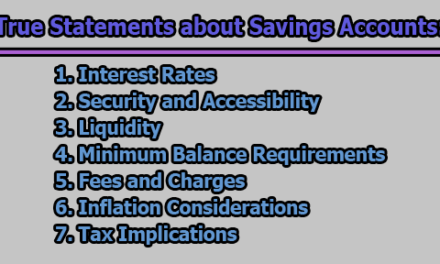Functions of Commercial Banks:
Commercial banks deliver banking services to businesses and consumers through a network of branches. These banks are in business to make a profit for their owners and these are usually public limited companies run by shareholders. Commercial banks are purpose banks that operate in a wide range of activities such as accepting demand deposits, issuing checks against savings and fixed deposits, providing short term business and customer loans, providing brokerage services, buying and selling foreign currency. Commercial banks mainly have two modern functions which are going through a brief discussion:
Micro Functions of Commercial Banks:
Receiving Deposit: Banks involve small savings scattered across the country through existing, savings, and fixed deposit accounts.
Interest Allowance: Banks allow interest on depositors’ money depending on the nature of the deposit account.
Credit growth and interest rates: From accumulated capital, banks lend to manufacturing and trading firms (deficit households). The internet in these loans represents the main earnings and source of income of the bank.
Credit Deposit Creation: Banks accept and gather loan over and done with the borrower’s account, by the opening of the borrowers account bank perceptively create a deposit by this.
Creating a medium of exchange: Banks provide checks and other utility instruments that can transfer money multiple times for settlement of payments.
Issuance of checks: Commercial banks offer check facility to their account holders for withdrawal of their deposits.
Capital formation: Banks collect small savings from the public and as a result, a large amount of capital is created.
Issuance of notes: The central bank enjoys the exclusive right to issue notes and currency as required by the economy. The central bank performs this operation through commercial banks. Thus, the central bank is called the issuing bank.
Money transfer: Banks provide checks and other utility instruments that can transfer money multiple times for settlement of payments. Thus the speed of money increases manifold and the activity of the economy increases.
Act as a Trustee: Commercial banks act as a trustee with a locker facility for their customer to deposit their valuable assets and securities and perform certain functions for the benefit of the customer.
Negotiable Equipment Acquired: Banks supply, purchase and sell a variety of negotiable instruments such as promissory notes, bills of exchange, etc.
Macro Functions of Commercial Banks:
Capital investment: Banks collect meager savings from the public and generate large amounts of capital. Banks invest this capital as loans and advances and as direct investment in profitable sectors. A country will strengthen its economy by investing capital in the productive sector.
The role of economic development: Specialized banks channel funds for the development and growth of a particular sector of the economy. As a result, the balanced economic development of all sectors has been ensured. Central banks perform a variety of social responsibilities:
- To arrange for financial assistance to educational institutions for the development of education in the country.
- To provide financial assistance in medical facilities for poor people.
- To arrange for financial support for the development of sports.
- To make available financial assist and training facilities to the poor people in rural areas.
- By providing financial assistance during natural disasters in the country.
- Afford finance is the sector development of the country.
- To finance the infrastructural development of the country.

Library Lecturer at Nurul Amin Degree College










